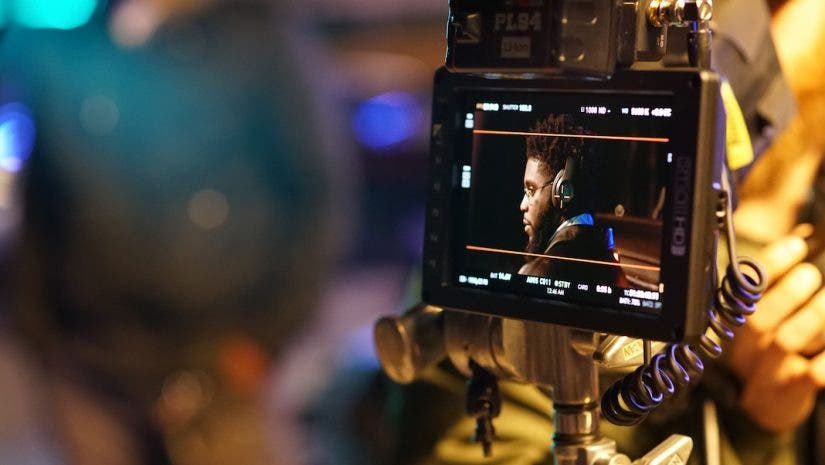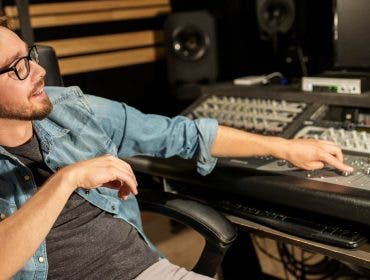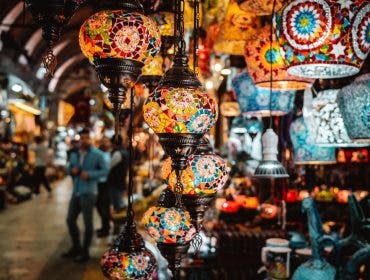Director Tyler Yee has worked with the likes of G-Easy, KSHMR, A$AP Ferg, and more, and his latest project has been the filming and production of Big K.R.I.T.’s “1999” music video.
Adorama caught up with Yee to not only get his tips on everything you need to know before filming a music video, but the behind-the-scenes information on what it takes to bring a song to life through the making of a music video.
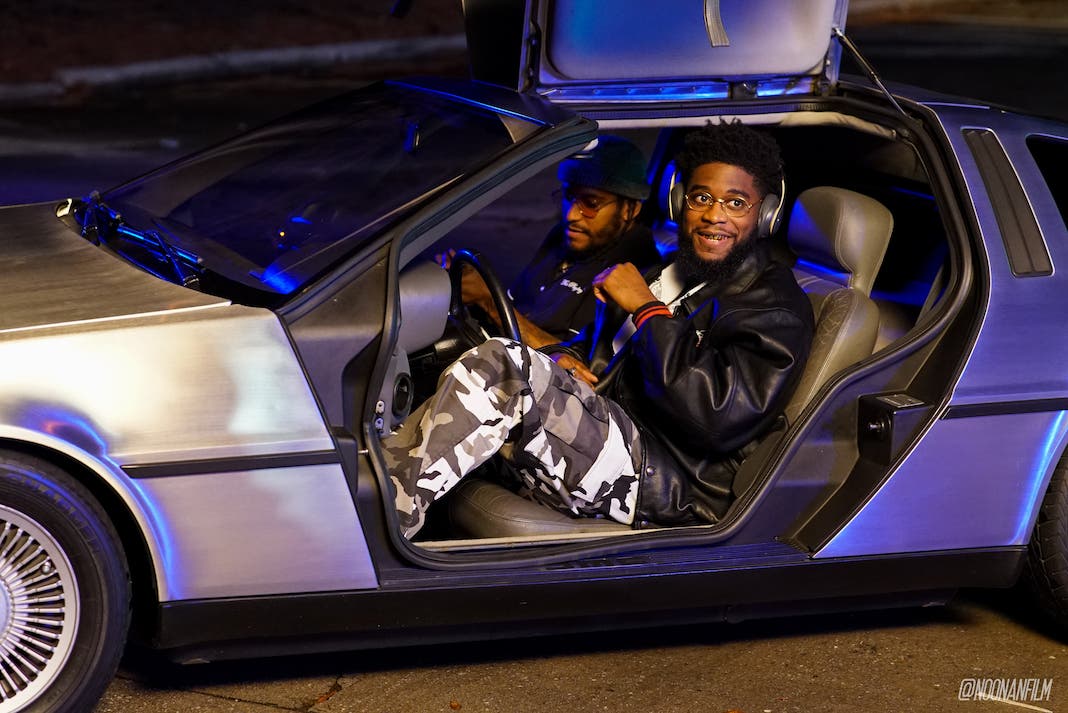
Adorama: How did you get started in the industry, and how your music video work has evolved over the years?
Tyler Yee: I grew up loving movies, as many filmmakers do, but I was always into the acting side of it rather than the filmmaking side. In college, I was a theatre major, which left no time to go to outside auditions, so I figured I’d start filming things in the meantime. I looked up the best camera I could possibly afford, which after delivering pizzas for an entire summer, turned out to be a Panasonic HVX-200.
The first thing I ever shot was a video that got me in a lot of trouble on campus — we built a fully functioning slip ‘n slide in the carpeted hall of my dorm, which was my first taste of virality. Fast forward a few months, I met my first collaborator, Gerald, in my World Civilizations class; you may know him now as G-Eazy.
Long story short, he was making music out of his dorm room, and I’d go over there to record weird audio skits and beatbox for his mixtapes. I had a camera, so he and I, along with our other friend Matt Bauerschmidt, decided to shoot a music video. It received a handful of attention simply because we were doing it independently (this is right before DSLRs ).
Broken van tours became semi-paid broken van tours, and I was shooting video recaps and music videos for a ton of G’s music. We were figuring it out as we went — a ton of experimentation combined with hours of online tutorials for post production. Then in 2011, our team rebranded G and released a music video to “Runaround Sue,” which was a huge turning point for everyone. It was also the first video I shot on a DSLR with help from a long time friend, collaborator, and now super talented director, Bobby Bruderle. The rest was history.
As far as evolution, there has definitely been a shift. In the early days, it was all about maximizing image quality and production value to compete against the professionals. Now with the accessibility and advancements in tech and so many toys to play with, it’s easy to get a good image right out of the box. Today it’s all about how we use the tools, with more concentration on curating the ideas, the story, and with experimentation at an all time high. Furthermore, it’s about creating experiences and connecting with audiences.
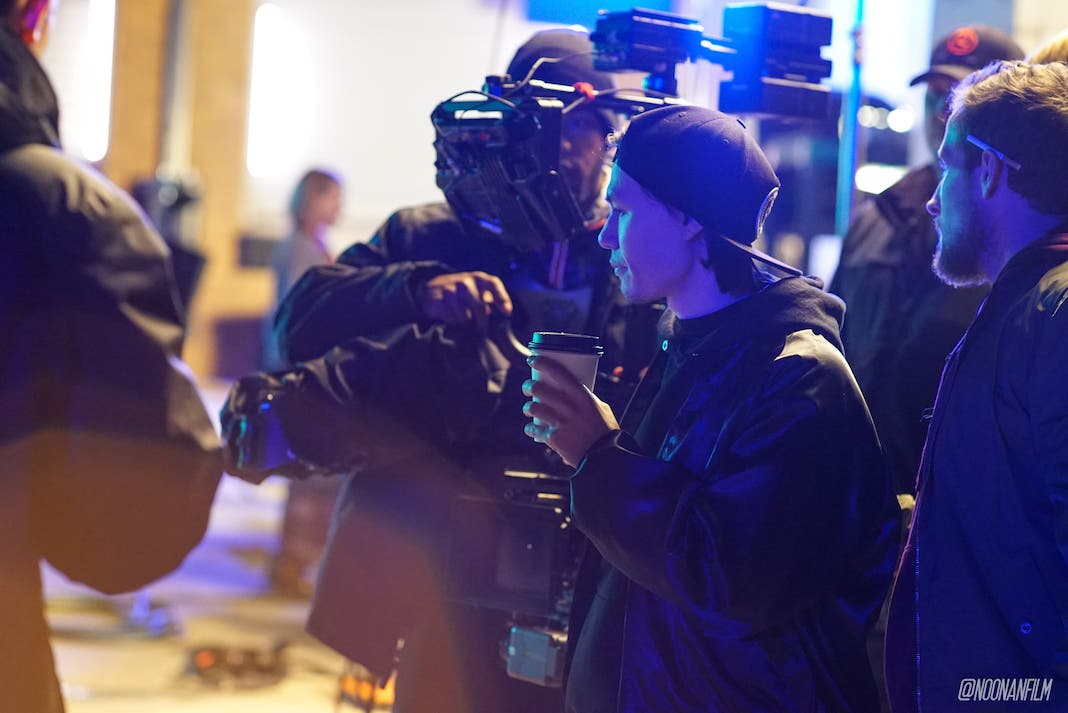
Adorama: Can you tell us about the gear you use, and what’s been in your tried-and-true kit?
Yee: Gear of choice is dependent on the project. I ask myself things like: what compliments the story? Where will the final product live (web, broadcast, cinema)? Is mobility a factor? Rather than go down a rabbit hole, here are the things I live by and am most excited about recently:
- Glass is forever: There is no better investment than quality lenses. Although a set of solid cinema primes isn’t cheap, they are timeless, and you will be able to use them even as cameras come and go.
- Solid audio: Your image can be flawless, but if your audio is garbage, it can ruin the experience. For music videos, live audio isn’t necessary most of the time, but for everything else, I’d definitely invest in audio must haves: Zoom for run ‘n gun audio recording or vloggers, and Sennheiser for lavalier mics (and any audio for that matter).
- Cameras: I’m particular when it comes to cameras. Professionally, I prefer to shoot on Arri, and specifically the Alexa, Alexa65, or Alexa Mini. I’ve been watching a company called Kinefinity, who, in my opinion, is changing the game in terms of affordable full frame cameras. The Blackmagic Ursa in conjunction with some good glass is a solid option. Sidenote: Blackmagic’s software is game-changing.
- Lighting: LED panels are mobile, dimmable, come in all sizes and often run on batteries. For a starting kit, they are a must-have. Quasars are also super affordable and have all sorts of applications.
- Motion: Motivated camera movement adds production value and can control how a viewer experiences content. Personally, I always move my camera unless the shot is already super stylized. If you can afford to buy or rent a Movi, Ronnin, or similar, it will change the dynamic of your work. I love transitions, so I’m a huge fan of motion control. On an affordable level, I’m stoked on Syrp’s new products, a company out of New Zealand.
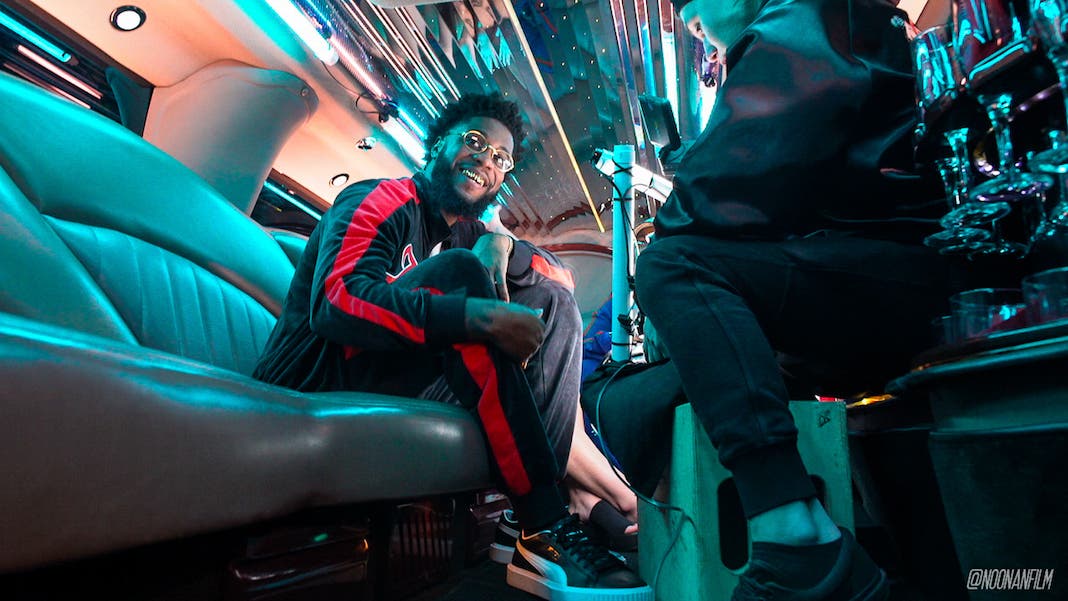
Adorama: What were some challenges you ran into with this project, and how did you overcome them?
Yee: Racing the clock, always. No matter what, it’s usually the case. Time management is much easier said than done. There were times when I wasn’t super happy with a take, and wanted to do it again, but had to move on.
The DeLorean was pristine with all original parts, which also made it difficult to drive. Although I wanted it to power slide to a halt, we had to settle for a less dramatic skid so as to not risk the integrity of the car and safety of the stunt driver.
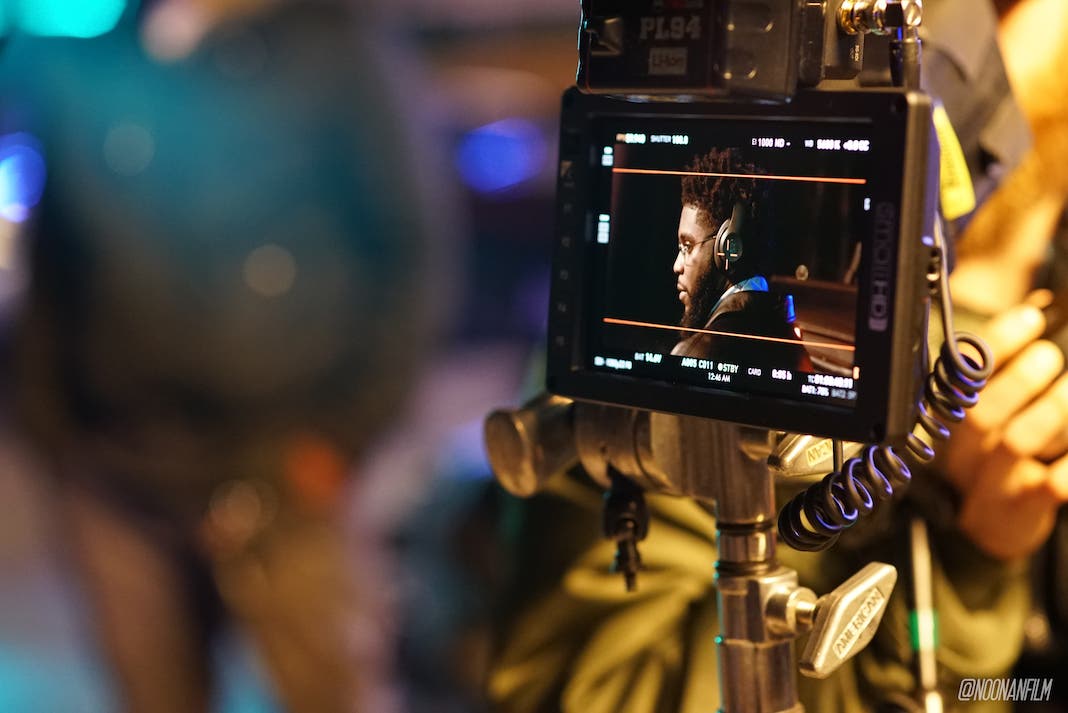
Adorama: How do you marry your vision for the video with that of the artist?
Yee: I start by listening to the track and jot down feelings and key lyrics that jump out at me. I use a program called MindNode to organize thoughts. The final concept is usually a combination of an artist’s pre-existing brand, what the song says vs how it feels, and then a twist (visually or narratively) that sets it apart.
For instance: with Big Krit’s “1999” video, it automatically sets you up with a time period and honors an era in music history when videos had a very specific feel. 90s fashion is repeating itself, so I paid close attention to the styling, hair, makeup, and color palette. From there, it was about making it unexpected and amplifying that sense of nostalgia: bringing back the stretch hummer, showing the artists traveling back from the future in the most iconic time machine of all: The DeLorean. Also, I including subtle Easter eggs like the green code running down the screen in the stretch hummer, a nod to The Matrix movie which came out in 1999, and the portable CD player in the beginning.
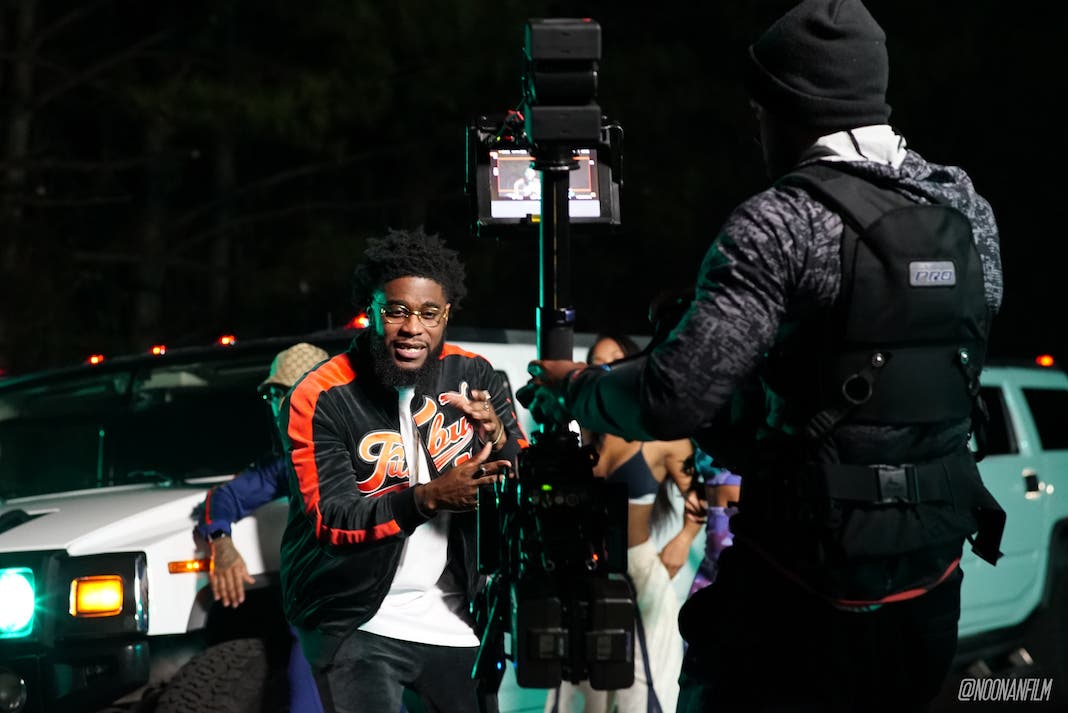
Adorama: What tips do you give to people who are aiming to get their start in the industry? What’s something you wish you could tell your past self as you were kickstarting your career?
Yee:
- Manage expectations, communicate
- Be open to others’ ideas — sometimes they are better than yours.
- Credit and appreciation is free, so make sure those who deserve it, receive it.
- Learn the rules in order to break them: Familiarize yourself with the fundamentals of photography, film, and lighting design so that you can find ways to push the envelope.
- Keep up with culture, design, politics and current trends because there is a medium between relevance and innovation. It’s called awareness.
- Don’t compare yourself to others.
- Don’t be afraid of taking risks.
- Use money-making projects to fund re-investment projects.
- Learn about the golden ratio and use it ASAP.
- Familiarize yourself with typography ASAP.
- Learn color theory ASAP.
- When it stops being fun, take a break or move on.
- Provide opportunity and share what you’ve learned with others.
